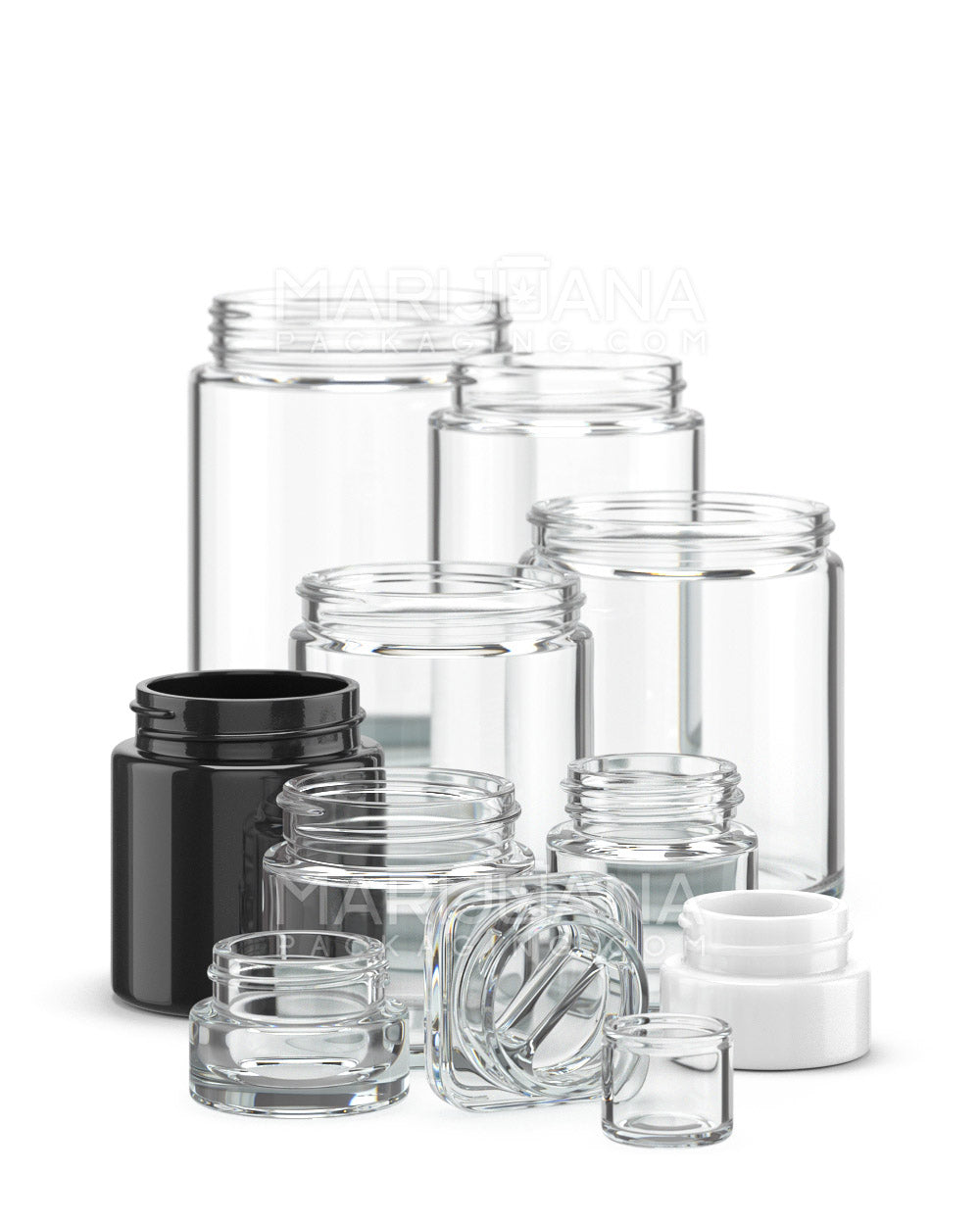Marijuana's classification as a Schedule 1 controlled substance has been a hot topic for years. Despite its growing acceptance and legalization in various states for medical and recreational use, it remains puzzling why it's grouped with drugs like heroin. This classification implies a high potential for abuse, no accepted medical use, and a lack of safety under medical supervision.
In this article, we'll look at the history behind this classification, the criteria for scheduling drugs, and the ongoing debate about whether marijuana should remain in this category. We'll also explore the impact of this classification on research, legal issues, and the cannabis industry.
The Origin of the Schedule 1 Classification
Let's go back to the 1970s when the Controlled Substances Act (CSA) was introduced. This legislation aimed to regulate the manufacture, importation, possession, use, and distribution of certain substances. The Act created five schedules based on a substance's potential for abuse, accepted medical use, and safety under medical supervision.
Marijuana got its Schedule 1 classification in 1970. At the time, there was limited scientific research on its medical benefits, and the prevailing opinion was that it had a high potential for abuse. This decision was influenced by political and social factors, as well as the lack of comprehensive studies that could highlight its therapeutic effects.
Political and Social Climate
The 1970s were a time of significant cultural shifts in the United States. The counterculture movement, which included widespread marijuana use, was viewed suspiciously by the government. The Nixon administration's "War on Drugs" aimed to curb drug abuse, and marijuana became a target. This political climate played a role in its harsh classification.
Criteria for Scheduling Drugs
The CSA uses specific criteria to classify substances into five schedules. Understanding these can shed light on why marijuana remains in Schedule 1:
- Schedule 1: High potential for abuse, no accepted medical use, lack of safety under medical supervision.
- Schedule 2: High potential for abuse, accepted medical use with severe restrictions, potential for severe psychological or physical dependence.
- Schedule 3: Less potential for abuse than Schedules 1 and 2, accepted medical use, moderate to low potential for physical or psychological dependence.
- Schedule 4: Low potential for abuse relative to Schedule 3, accepted medical use, limited potential for dependence.
- Schedule 5: Lower potential for abuse than Schedule 4, accepted medical use, limited dependence potential.
For marijuana to be reclassified, it would need to meet different criteria, showing lower potential for abuse and recognized medical utility. This is where much of the current debate lies, as more research sheds light on its potential benefits.
The Impact of Schedule 1 Classification on Research
One of the most significant hurdles is the restriction this classification places on research. Being a Schedule 1 substance means that researchers face stringent regulations and hurdles when attempting to study marijuana's effects and potential benefits.
Many researchers argue that these restrictions hinder scientific progress, making it difficult to gather comprehensive data. This creates a paradox where marijuana remains in Schedule 1 due to a lack of evidence, yet obtaining that evidence is incredibly challenging under current regulations.
Obtaining Research Permits
Researchers must navigate a complex web of federal approvals to study marijuana. They need permits from the Drug Enforcement Administration (DEA) and approval from the National Institute on Drug Abuse (NIDA). This process can be time-consuming and discouraging for scientists eager to explore marijuana's medical potential.
The Case for Medical Marijuana
Despite its Schedule 1 status, numerous studies and anecdotal evidence suggest that marijuana has therapeutic benefits. Conditions like chronic pain, epilepsy, and multiple sclerosis have shown positive responses to cannabis-based treatments.
States like California and Colorado have legalized medical marijuana, acknowledging its potential benefits. These states have created frameworks for patients to access marijuana safely and legally, challenging the notion that it has no accepted medical use.
Patient Testimonials
Many patients have shared their stories of relief from symptoms that traditional medicine couldn't adequately address. These personal accounts add to the growing body of evidence that supports reevaluating marijuana's classification.
Legal Implications and Challenges
Marijuana's Schedule 1 status creates a complex legal landscape. While some states have legalized it for medical and recreational use, it remains illegal at the federal level. This dichotomy leads to several challenges:
- Banking Issues: Cannabis businesses often struggle to access banking services, as federal law prohibits banks from handling funds related to illegal substances.
- Taxation: Cannabis businesses face unique tax burdens that other industries don't, impacting their profitability.
- Interstate Commerce: Transporting marijuana across state lines remains illegal, complicating distribution and supply chains.
These legal challenges make it difficult for the cannabis industry to operate efficiently. Many advocates argue that reclassification could help resolve some of these issues.
The Economic Impact of Marijuana Legalization
Despite legal hurdles, the cannabis industry is booming. Legal marijuana sales in the U.S. reached over $17 billion in 2020, and projections suggest continued growth. This economic impact has led some to question whether the Schedule 1 classification is hindering a promising industry.
States that have legalized marijuana have seen job creation, increased tax revenue, and a boost to local economies. Reclassifying marijuana could further unlock its economic potential, allowing for more robust market growth and innovation.
Job Creation and Tax Revenue
The cannabis industry has created thousands of jobs, from cultivation to retail. States benefit from tax revenue generated by marijuana sales, which can fund public services and infrastructure projects.
The Debate on Reclassification
The discussion around reclassifying marijuana is ongoing. Advocates argue that scientific evidence supports its medical use and that the current classification is outdated. Opponents remain concerned about potential abuse and societal impacts.
Reclassification would require substantial evidence and political will. As more states legalize marijuana in various forms, the pressure mounts on federal agencies to reevaluate its status.
Potential Benefits of Reclassification
Moving marijuana to a lower schedule could:
- Facilitate Research: Easier access for researchers could lead to more comprehensive studies on marijuana's effects and benefits.
- Align Federal and State Laws: A lower schedule could reduce legal conflicts between state and federal laws, helping the industry operate more smoothly.
- Encourage Medical Use: Doctors might feel more comfortable prescribing marijuana if its classification reflects its therapeutic potential.
Public Perception and Cultural Shifts
Public opinion on marijuana has shifted significantly over the past few decades. Polls show increasing support for legalization, both medical and recreational. This cultural shift is influencing policymakers and could play a role in eventual reclassification.
As more people become aware of marijuana's potential benefits and the economic opportunities it presents, the push for change grows stronger. This changing perception might be the key to unlocking marijuana's future in U.S. drug policy.
The Role of Advocacy Groups
Organizations like the National Organization for the Reform of Marijuana Laws (NORML) have been instrumental in changing public perception. These groups work tirelessly to educate the public and policymakers about marijuana's benefits and the need for reform.
Final Thoughts
Marijuana's status as a Schedule 1 drug is a complex issue rooted in historical, political, and social factors. While the classification presents challenges, there is growing momentum for change. As research continues to uncover marijuana's potential benefits, the pressure to reconsider its classification increases.
For those in the cannabis industry, navigating the legal landscape can be tricky. That's where Gamut comes in. With over a decade of expertise in packaging for consumer goods, Gamut offers a full range of packaging solutions tailored to the cannabis industry. From design to delivery, Gamut covers the entire spectrum of packaging needs, helping your brand stand out in a competitive market.



















